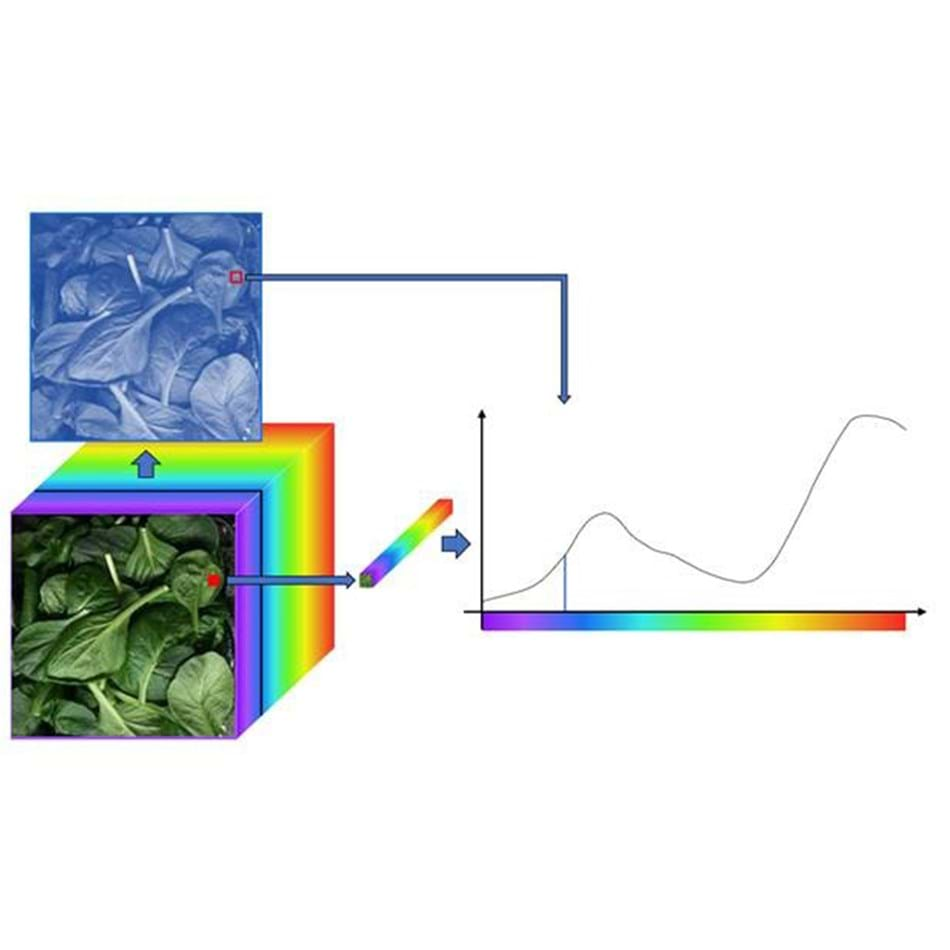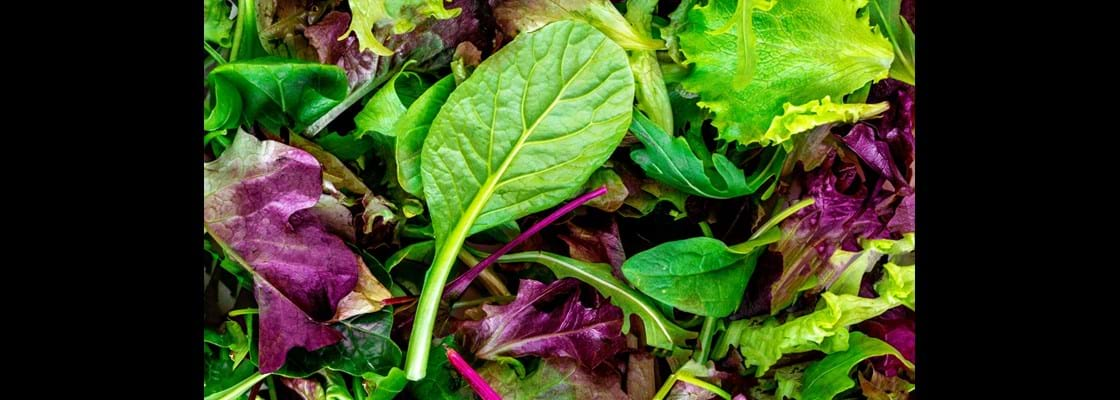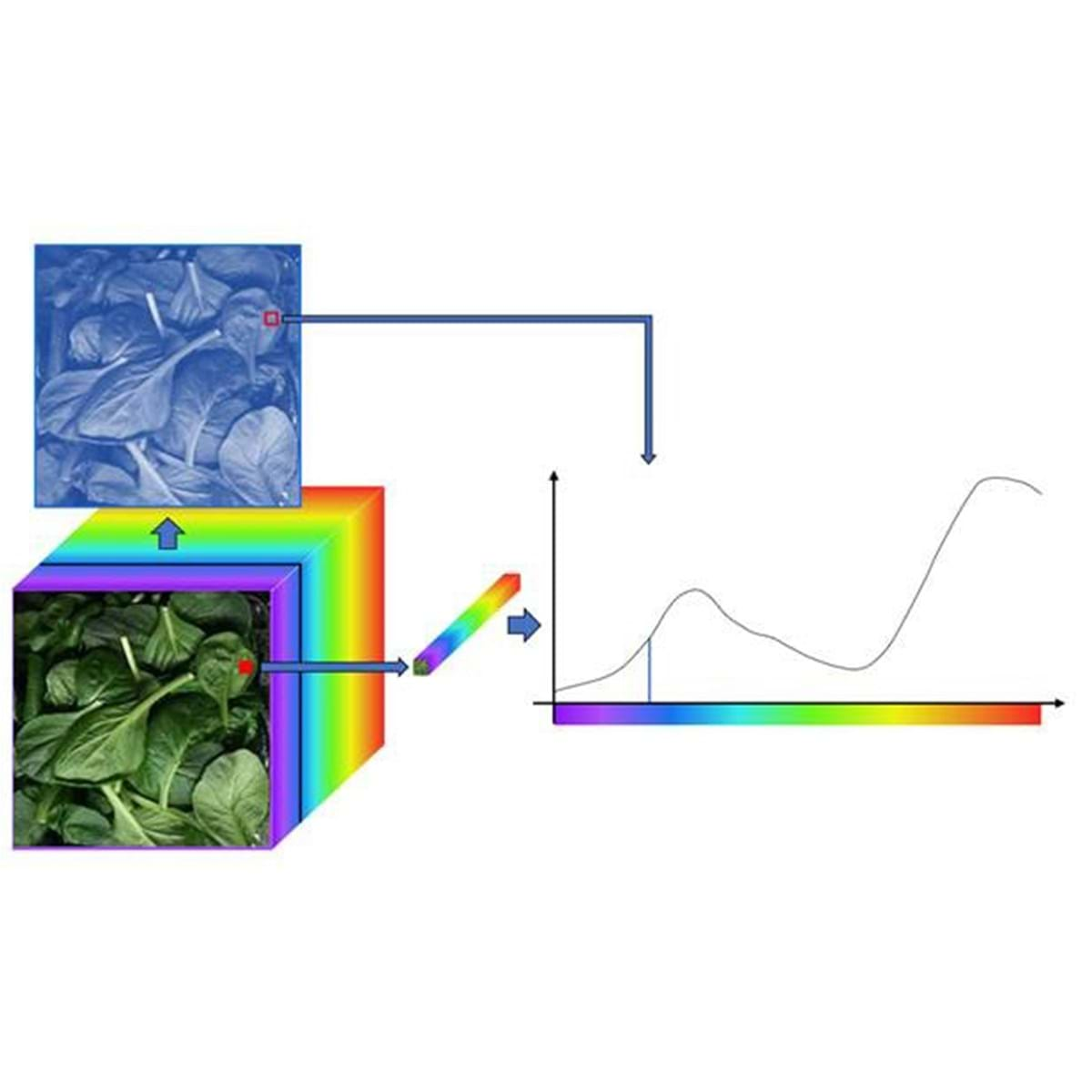For vegetable growers, being able to predict the shelf life of leafy greens could make a big difference: less loss, more profit, and merchants with a better idea of how long they can expect products to stay fresh.
There are a number of challenges facing producers today: demand for fresh, quality, local produce, demand from export markets, and a serious shortage of labor. If producers could easily predict the shelf life of their vegetables, they would know when is the best time to harvest (which would help them better manage harvest labor), how to coordinate the shelf lives of the different products used in blends, and which are the best markets for their produce based on shipping times, all of which would help reduce losses.
So how do you predict the shelf life of crops? INO’s hyperspectral imaging station could provide a convenient, user-friendly, affordable solution.
The station analyzes and validates the design of specialized analysis systems that use exactly the number of wavelength bands required for the application. The systems can then be industrialized at a substantially lower production cost than complete hyperspectral imaging systems.

How does hyperspectral imaging work? It sees what the eye can’t see. It divides the light reflected from the scene into multiple contiguous wavelength bands. Hyperspectral technology provides a unique signature for each material by covering visible and infrared wavelength ranges, significantly boosting the ability to identify objects’ chemical properties and assess certain key conditions. The main limitation is that it’s difficult to draw meaningful conclusions from data that combines spatial and spectral information (data hypercubes).
INO’s hyperspectral station is mobile and can be deployed wherever samples and specialists are located. It allows us to develop a perfect solution that seamlessly integrates with your process so you can make informed decisions about your harvest. Thanks to our partner vegetable growers, the station provides us with quality annotated data for designing the perfect spectral imaging solution to predict a product’s shelf-life potential.
Want to know more about our technology? Feel free to contact us.




